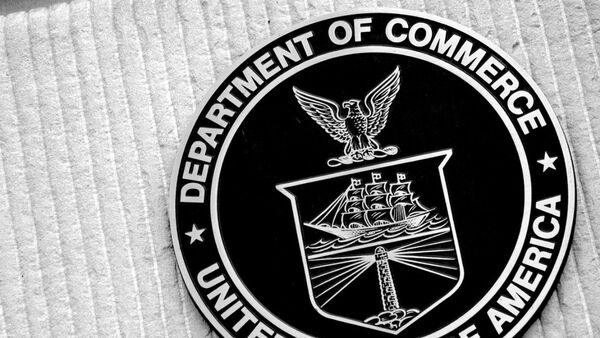"This change puts foreign exporters on notice that the Department of Commerce can countervail currency subsidies that harm US industries […] Foreign nations would no longer be able to use currency policies to the disadvantage of American workers and businesses", US Commerce Secretary Wilbur Ross said in a statement, cited by Reuters.
The People’s Bank of China decided last week to devalue the yuan’s exchange rate in relation to the US dollar by 0.6 per cent amid the ongoing trade war with the United States. The People’s Bank of China has been devaluating the yuan since 2015, this viewed by many experts as a tool to stimulate the country’s exports.
READ MORE: Trade War: Trump's Ultimatums to Be Ignored & Resisted by Beijing – Journo
In August 2015, the People’s Bank of China weakened the yuan rate by 3 per cent against the US dollar to the level of 6.4 on the dollar, shocking global stock markets. Later, Chinese authorities took efforts to stabilize the national currency. Three more waves of devaluation of the Chinese currency followed — in the winter of 2015-2016 (to 6.55 yuan per dollar), in July 2016 (to 6.67 yuan per dollar), with the third in October 2016.
During the trade talks with China, Washington repeatedly warned that it would impose new tariffs on Beijing in the case of further yuan devaluation.
Since last June, when US President Donald Trump announced 25 per cent tariffs on $50 billion worth of Chinese imports in a bid to balance the trade deficit, the sides have exchanged several rounds of duties.
READ MORE: US Mulls Blacklisting Chinese Video Surveillance Maker Amid Trade War — Report
In early May, Washington raised tariffs on another $200 billion worth of Chinese goods to 25 per cent due to the impasse of trade talks. Beijing retaliated by announcing tariff hikes of up to 25 per cent on $60 billion worth of US imports starting in June.



